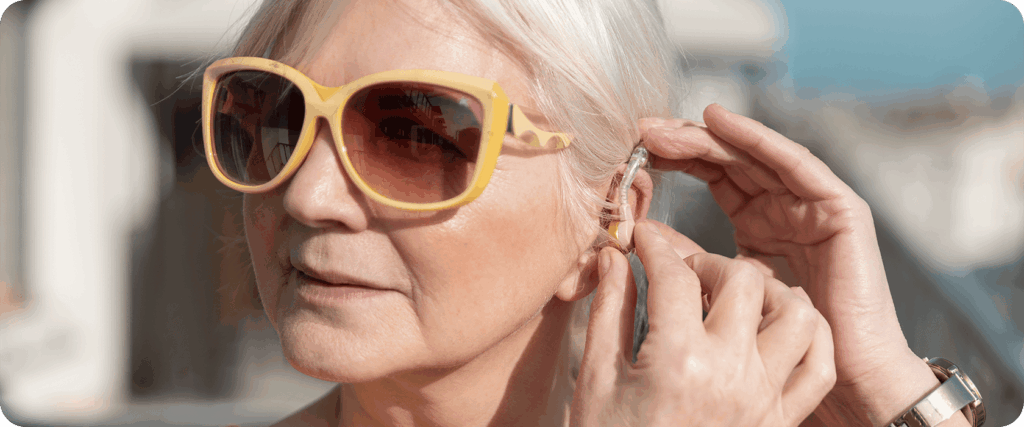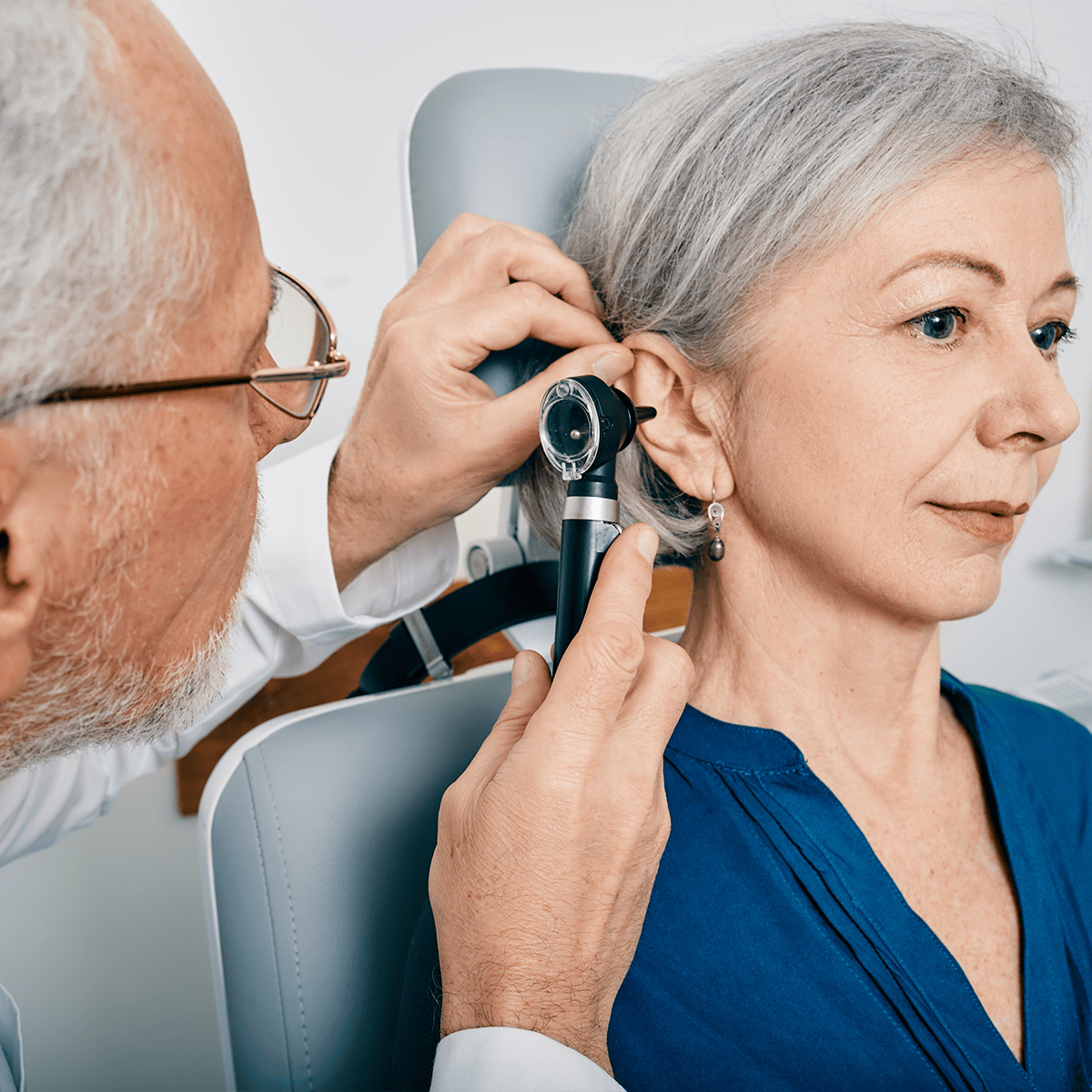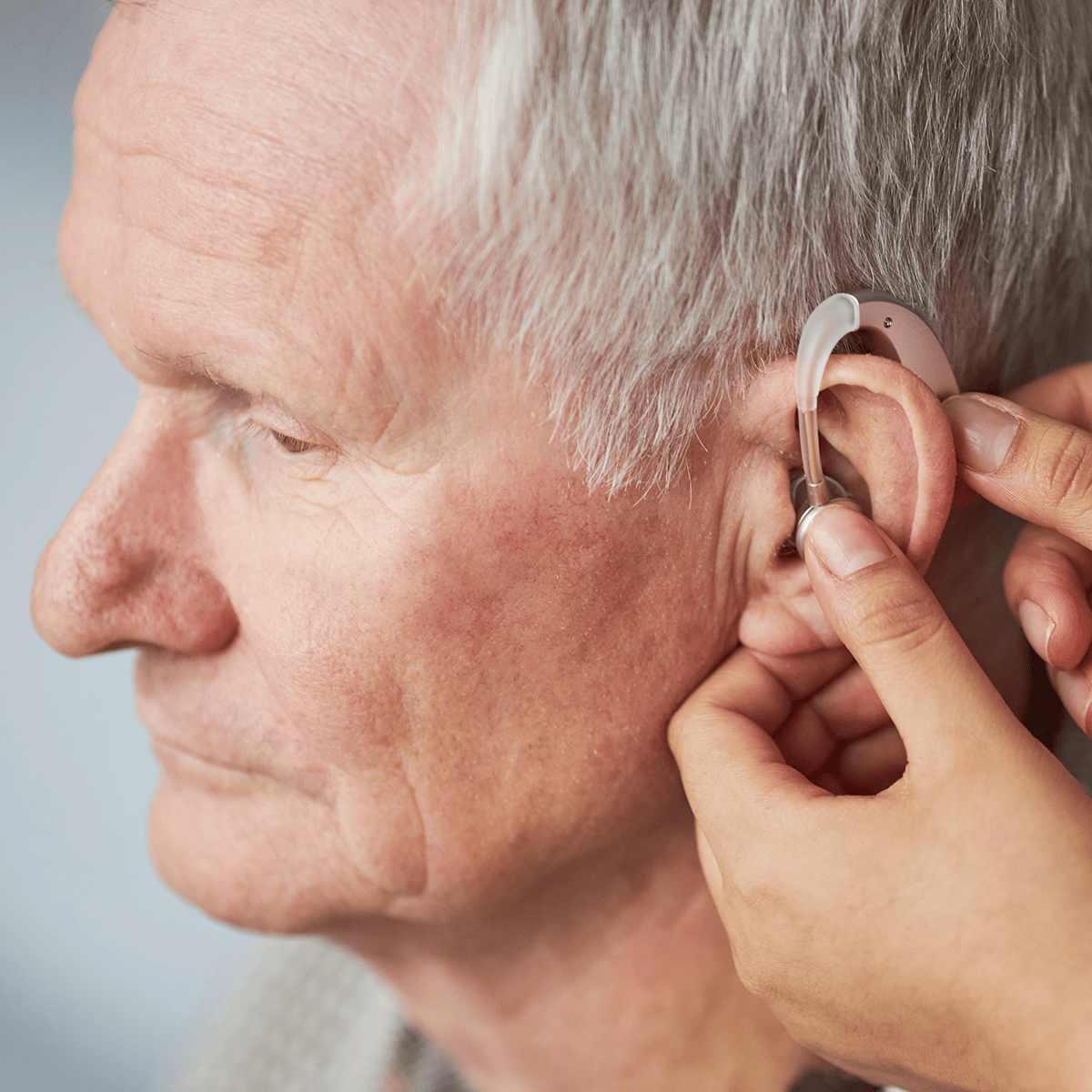How Different Seasons Impact Your Hearing and Hearing Aids
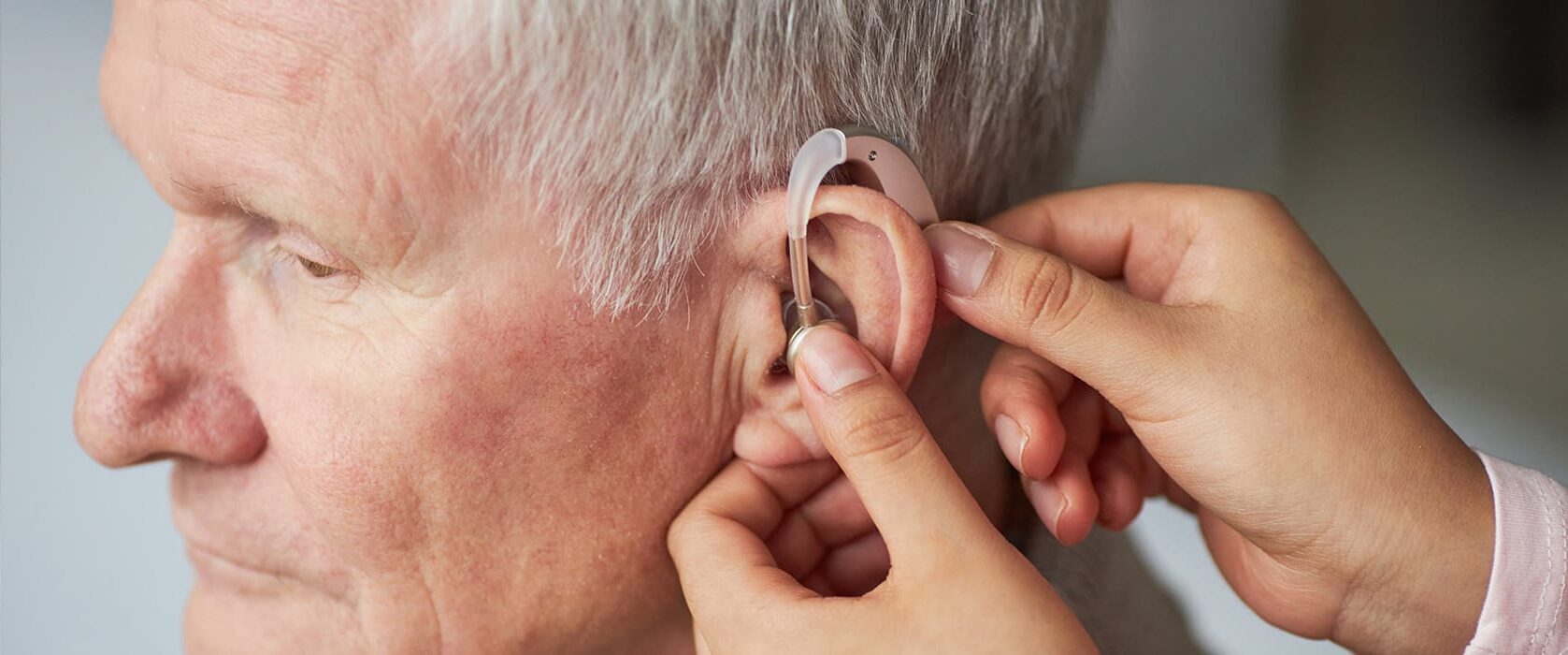
Key Takeaways
- Moisture creates problems for hearing aids in all seasons.
- Properly drying hearing aids can prevent permanent damage.
- Seasonal maintenance checkups can help prevent costly repairs and ensure your hearing aids are always working when you need them.
Ever feel as though your hearing aids don’t work as well in the winter? You’re not imagining it. Seasonal changes can impact the effectiveness of your hearing aids and your overall hearing health.
Let’s talk about what you can do to safeguard your devices when the seasons change.
Why Seasonal Hearing Care Matters
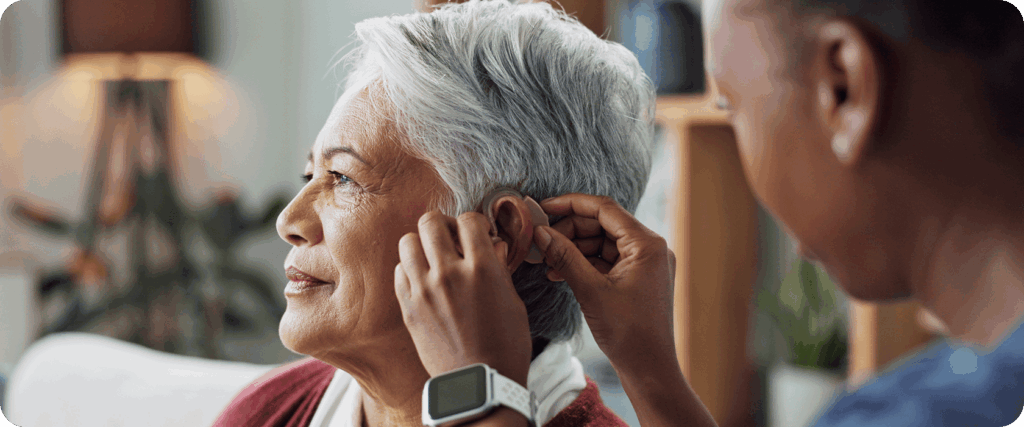
Seasonal weather changes, such as cold temperatures or increased humidity, can impact how well your hearing aids work. These changes can affect the performance, battery life, and overall comfort of your hearing aids. By understanding how different weather conditions affect your devices, you can adjust your routine and take extra precautions to ensure your hearing aids continue to function properly year-round.
Winter Warnings: Does Cold Weather Affect Hearing Aids?
There are a few reasons why falling snow and chilly weather can affect your hearing, including:
- Colder temperatures drain hearing aid batteries more quickly.
- Cold weather can sometimes cause something called “cold-induced ear sensitivity.” You might experience ear pain, tinnitus, or vertigo as your ears adjust to the temperature changes.
- Condensation caused by moving from warm indoor air to cold outdoor spaces could lead to moisture building up inside your hearing aids.
Spring Allergies & Moisture: Hidden Risks to Hearing Health
Spring brings a welcome change in weather, but seasonal allergies can lead to ear canal swelling and extra earwax. Too much earwax can interfere with your hearing aid, while swelling can affect how your device fits in your ear.
Spring also brings rain and rising humidity levels. This increased moisture in the air can gradually seep into hearing aids, affecting the internal pieces of your device. Since this happens over time, you might not notice until your hearing aid starts to malfunction.
Summer Moisture and Hearing Aids: Rain, Sweat, and Storms
Summer rainstorms and frequent time in the pool or at the beach can cause damage, even to water-resistant devices.
Rain and moisture aren’t the only threats brought on by summer thunderstorms. The dramatic changes in pressure can affect how sound travels to your ears. You may need to adjust your volume settings or perform an extra cleaning during stormy weather.
Sweat is also a typically overlooked threat to hearing aids during the summer months. The salt and minerals found in sweat will corrode hearing aid parts more quickly than freshwater will. Always make sure to remove and dry your devices after exercising or spending a lot of time outside in the heat.
Autumn Troubles: Temperature Fluctuations & Ear Health

Fall is famous for its cool mornings and warm afternoons; however, the temperature and humidity swings create the perfect environment for condensation to form inside your hearing aids.
Falling leaves and windy weather can also create a problem, especially for behind-the-ear models. Small pieces of wind-blown leaves can sometimes get stuck in the microphone ports, affecting sound quality.
General Tips to Protect Hearing and Hearing Aids Year-Round
Regardless of the season, keeping your hearing aids clean and dry is your best defense against weather-related damage. Whenever possible, use manufacturer-approved cleaning tools to prevent scratching or damaging the sensitive pieces of your hearing aids.
Purchasing a hearing aid dehumidifier or drying system and storing hearing aids in their case with the battery door open overnight will help dry any trapped moisture.
Signs Your Hearing Aids Need Attention
Before your hearing is affected by cold or wet seasons, be sure to pay attention to these signs that your hearing aids might need some attention:
- Sound is crackling, or the volume is uneven.
- You have to charge your batteries often.
- Metal parts show discoloration or corrosion.
If you see corrosion or a white, powdery residue on your hearing aids, they may have moisture damage. In this case, your devices may need professional cleaning or repair.
Prioritize Hearing Health Every Season
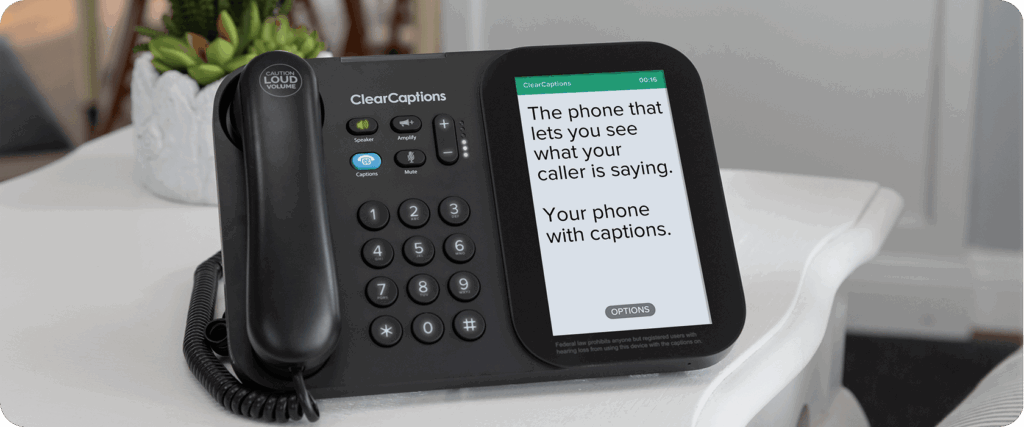
The best way to avoid weather-related damage is to schedule quarterly maintenance check-ups with your hearing care professional. You can also give your hearing aids a break by using other hearing health tools, like caption phones or amplifiers.
Remember that protecting your hearing aids also means protecting your hearing health. Untreated hearing loss has been linked to mental health decline and social isolation. Maintaining your devices all year long will help keep you connected to your loved ones and improve your quality of life.
Frequently Asked Questions
How can I remove moisture from my hearing aids?
Learning how to remove moisture from hearing aids is your first line of defense against weather-related issues. Start by gently wiping the exterior with a soft, dry cloth. Then, remove the batteries and leave the battery compartment open to allow air circulation. Don’t try to dry your hearing aids with hair dryers or microwaves, as they can do more harm than good. Instead, use a hearing aid dehumidifier that is specifically designed to support those sensitive features.
How long does it take to dry hearing aids?
Your dry time depends on how much moisture you’ve been exposed to. Overnight drying in a dehumidifier will typically take care of minor moisture issues. For devices that have been exposed to rain or accidentally submerged, a minimum of 24 to 48 hours of drying time is recommended.
Can you wear hearing aids in the rain or snow?
Yes, you can wear your hearing aids in the rain or snow for a short period of time. However, you should avoid staying out in the rain or snow for longer periods of time. If caught in unexpected heavy rain, try to protect your hearing aids with a hat, hood, or umbrella.
